Why Do We Obsess Over Ingredients?
Have you ever wondered why your grandma’s soup tastes so much better than the one you make? Or why certain restaurants seem to sprinkle magic dust into their meals? Spoiler alert — it's not just technique; it's the ingredients. Whether you're a seasoned chef or a weekend kitchen warrior, understanding and choosing the right ingredients is the foundation of flavor.
The Power of Ingredients in Cooking
Ingredients are the building blocks of any dish. They define texture, aroma, and taste — especially when we’re talking about spices. From earthy cumin that brings warmth to sharp chili flakes that ignite heat, every spice has its own personality. But how do you know which ones to reach for? And more importantly, how do you use them effectively?
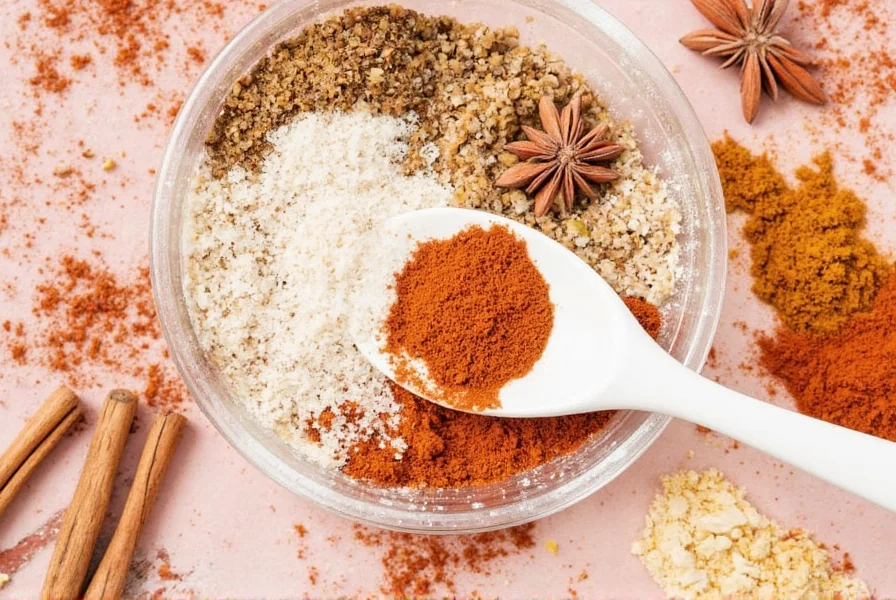
The Ultimate Spice Ingredient Checklist
Let’s dive into the top 10 essential ingredients every kitchen should have. These spices will help you elevate everyday dishes without breaking a sweat. Bonus? You probably already have half of them in your pantry!
- Cumin: Earthy, nutty, and slightly bitter. Perfect for Indian, Mexican, and Middle Eastern cuisines.
- Paprika: Sweet and smoky with a vibrant red hue. Great for adding depth to soups and stews.
- Chili Powder: A blend of ground chilies, cumin, garlic powder, and oregano. Essential for Tex-Mex cooking.
- Coriander: Bright and citrusy. Works wonders in curries, rubs, and sauces.
- Turmeric: Known for its golden color and anti-inflammatory properties. Adds warmth and complexity.
- Cinnamon: Not just for desserts! Try it in savory tagines or spiced coffee.
- Nutmeg: Warm and slightly sweet. Perfect for creamy pasta sauces and holiday drinks.
- Black Pepper: The universal enhancer. Always grind fresh for maximum punch.
- Fennel Seeds: Anise-like flavor. Ideal for Italian sausage dishes or Mediterranean salads.
- Garam Masala: A complex spice mix from India. Add at the end of cooking for aromatic flair.
Pro Tips for Using These Spices Like a Pro
- Bloom Them in Oil: Heat whole spices like cumin seeds or mustard seeds in oil before adding other ingredients. This unlocks deeper flavors.
- Toast Ground Spices: Gently toast powdered spices (like paprika or coriander) in a dry pan to enhance aroma before incorporating into dishes.
- Add At Different Times: For layered flavor, add some spices early (for base flavor), and others toward the end (for brightness).
- Don’t Overheat: Too much heat can burn spices and turn them bitter. Keep the flame low when toasting or blooming.
- Store Properly: Keep spices in airtight containers away from light and moisture. Whole spices last longer than ground ones.
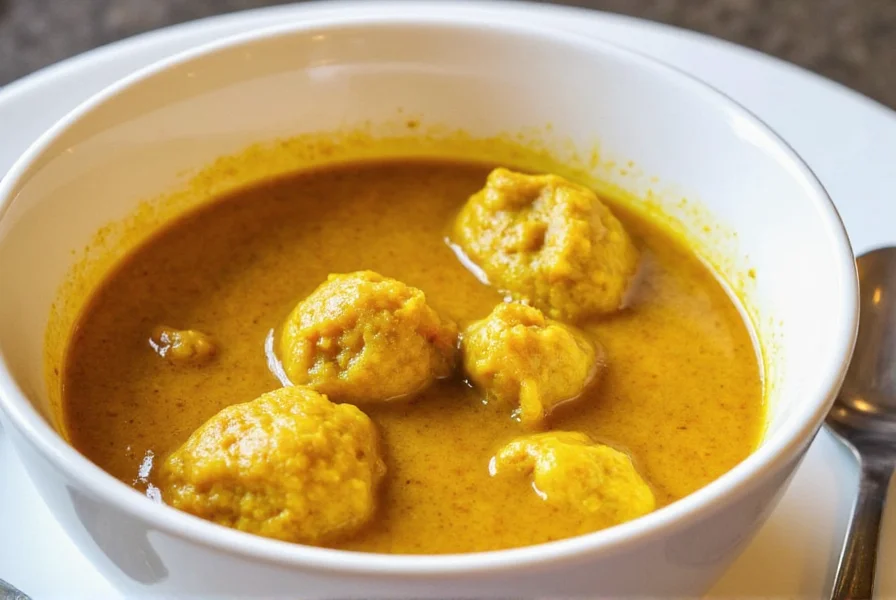
Comparison Table: Whole vs. Ground Spices
| Type | Shelf Life | Flavor Intensity | Best For |
|---|---|---|---|
| Whole Spices | 3–5 years | Mild until toasted | Custom grinding, long-simmering dishes |
| Ground Spices | 6 months–1 year | Immediate impact | Baking, quick dishes, blending into sauces |
Understanding Spice Profiles
Not all spices play well together. Here's a handy guide to understanding basic flavor profiles so you can start creating your own spice blends or pairings confidently.
- Earthy: Cumin, turmeric, smoked paprika
- Sweet: Cinnamon, nutmeg, allspice
- Warm: Cardamom, ginger, cloves
- Hot: Chili powder, crushed red pepper, black pepper
- Aromatic: Coriander, fennel, star anise
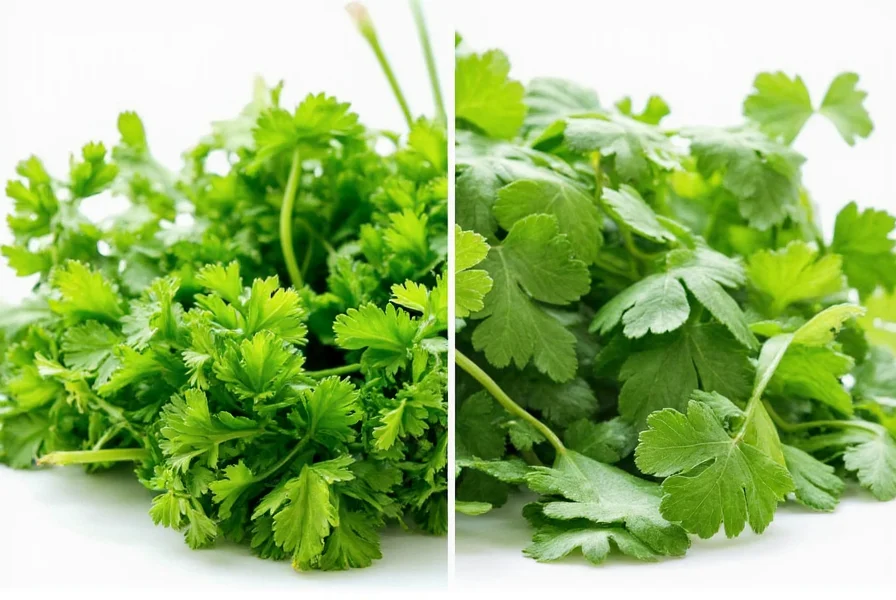
How to Choose the Best Ingredients
When shopping for spices, it’s easy to get overwhelmed by choices. Should you go organic? Is there a difference between “pure” and “original” labels? Let’s break it down with this no-nonsense buying guide.
Buying Guide: What to Look For
| Feature | Description | Recommended Brands |
|---|---|---|
| Packaging | Dark glass bottles or metal tins protect against light and oxidation | Penzeys, Simply Organic |
| Label Clarity | Look for single-ingredient spices unless buying a labeled blend | Spice Islands, Morton & Bassett |
| Origin | Check where the spice was grown. Quality varies by region (e.g., Tellicherry peppercorns) | Diamond Foods, Frontier Co-op |
| Organic Certification | Ensures no pesticides or chemical treatments | Starwest Botanicals, Now Foods |
| Price vs Value | Whole spices may cost more upfront but last longer and offer fresher flavor | Trader Joe’s, Costco |
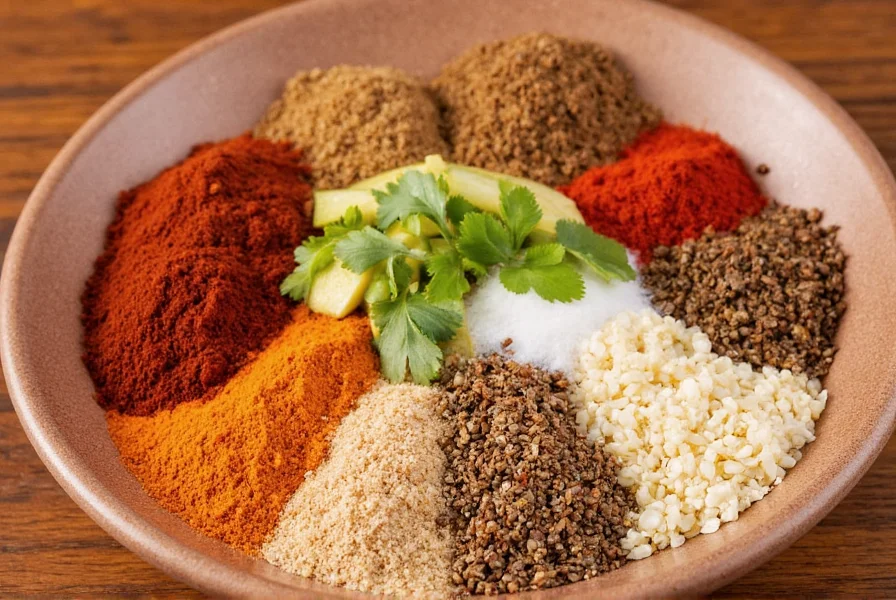
Ingredient Spotlight: Star Players in Your Pantry
Here’s a closer look at a few standout ingredients that deserve special attention — either because they’re versatile or underappreciated.
1. Turmeric
Use Cases: Golden milk lattes, curry pastes, rice dishes.
Health Perks: Anti-inflammatory, antioxidant-rich.
Who Should Use: Health-focused cooks, vegetarians, anyone loving bold flavors.
2. Smoked Paprika
Use Cases: Chorizo, deviled eggs, paella, grilled vegetables.
Flavor Profile: Smoky, slightly sweet, rich.
Who Should Use: BBQ lovers, Spanish food fans, char-grill enthusiasts.
3. Garam Masala
Use Cases: Tandoori chicken, lentil soups, vegetable roasts.
Flavor Profile: Complex, warm, aromatic.
Who Should Use: Fans of Indian cuisine, fusion chefs, spice blenders.
4. Fennel Seeds
Use Cases: Italian sausages, breads, braised meats.
Flavor Profile: Licorice-like, crisp, clean finish.
Who Should Use: Pasta lovers, seafood chefs, digestif enthusiasts.
5. Cardamom
Use Cases: Chai tea, baked goods, Persian stews.
Flavor Profile: Fragrant, floral, sweet and spicy.
Who Should Use: Bakers, dessert lovers, coffee connoisseurs.
How to Store Ingredients for Maximum Flavor
Even the best ingredients can lose their charm if stored improperly. Here’s how to keep your spices tasting fresh and fragrant for as long as possible:
- Keep spices away from heat, light, and moisture.
- Use opaque, airtight containers.
- Buy in small quantities if you don’t cook often.
- Label and date each bottle.
- Grind only what you need to preserve potency.
Final Thoughts: Ingredients Are Your Secret Weapon
In the grand symphony of cooking, ingredients — especially spices — are the instruments that bring the music to life. They turn bland into brilliant, ordinary into extraordinary. By learning how to select, store, and combine them, you unlock a world of flavor possibilities. So next time you're standing in front of your spice rack, remember: you're holding the keys to culinary greatness.
Now go forth, season boldly, and savor every bite!

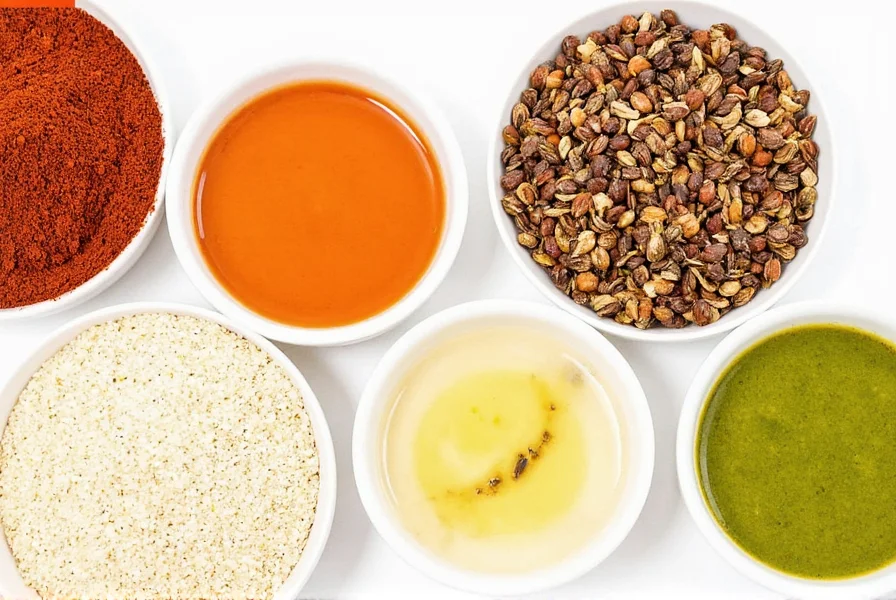









 浙公网安备
33010002000092号
浙公网安备
33010002000092号 浙B2-20120091-4
浙B2-20120091-4